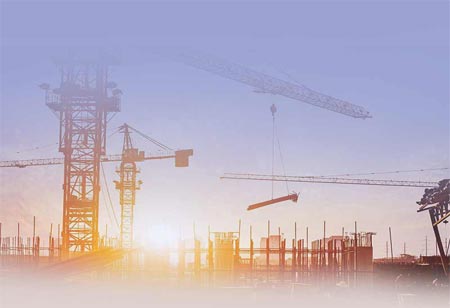Thank you for Subscribing to Construction Business Review Weekly Brief
Specials
- Apartment and Condominium Contractors Canada
- Decking Canada
- Architectural Glass Europe
- MEP APAC
- Construction Saudi Arabia
- German Apartment and Condominium Contractors
- Construction Law APAC
- Outdoor Construction
- Foundation Construction Canada
- MEP Canada
- Kitchen and Bath
- Cold Storage Construction APAC
- Precast Concrete Europe
- Construction Staffing Europe
- Pre-Construction Services
- Flooring System APAC
- Scaffolding Canada
- Swimming Pool Construction Canada
- Construction Management Canada
- Cold Storage Construction Canada
- Flooring Systems Europe
- Residential Construction
- Concrete Canada
- Construction Cladding Europe
- Construction Cladding APAC
- Concretes, Aggregates and Construction Materials APAC
- Concretes, Aggregates and Construction Materials Europe
- Commercial Contractors Europe
- Commercial Contractors APAC
- Dummy
- Construction Insulation, Coating and Waterproofing
- Construction Management APAC
- Landscaping Canada
- Construction Coating Europe
- Construction Tech Startups Europe
- Insulation Services Europe
- Mechanical Contractor Canada
- Mould Remediation and Testing Europe
- Swimming Pool Construction APAC
- Building Sealing Solutions Europe
- Construction Engineering Services
- Mechanical Electrical and Plumbing
- Roofing Systems Europe
- Architectural Glass APAC
- Startups APAC
- Construction Forensic and Owners Representative
- Flooring System
- Waterproofing APAC
- Wall Systems
- Safety and Compliance Europe
- Construction Bidding and Auctions
- Modular and Prefab Construction
- Architectural Glass
- Construction MENA
- Construction Demolition and Recycling Europe
- Modular Construction Europe
- Construction Interiors
- Steel Building APAC
- HVAC
- Doors and windows
- Construction Latam
- Building Information Modeling APAC
- Sustainable Construction APAC
- Building Restoration and Maintenance
- Commercial Contractors
- Specialty Construction
- Construction Engineering Canada
- Construction Engineering MENA
- Modular Construction Canada
- Modular Construction APAC
- Roofing and Siding Systems
- Workforce Management and Staffing
- Roofing Systems APAC
- Construction Consulting
- Steel Building Europe
- Construction Demolition and Recycling APAC
- Safety and Compliance APAC
- Concretes, Aggregates and Construction Materials
- Construction Cladding
What You Need to Know About Precast Concrete?
Precast concrete is concrete that's been mixed, cast, and then allowed to cure in a controlled setting, such as a factory. After that, it gets brought there to be installed.

By
Construction Business Review | Thursday, February 23, 2023
Stay ahead of the industry with exclusive feature stories on the top companies, expert insights and the latest news delivered straight to your inbox. Subscribe today.
The thermal mass of precast concrete in most regions enables it to withstand hot or cold conditions without splitting or other damage.
Fremont, CA: Precast concrete is concrete that's been mixed, cast, and then allowed to cure in a controlled setting, such as a factory. After that, it gets brought there to be installed. Precast concrete's ability to considerably shorten production time since it gets constructed before construction begins on the job site is one of its most significant advantages.
Since intricate subterranean constructions consisting of precast building components have been discovered, precast concrete is thought to have existed in the construction sector since Ancient Rome. It is currently employed to build strong and long-lasting parking garages, bridges, foundations, complete buildings, culverts, sound barriers, curb inlets, catch basins, and other structures.
What is Sustainable About Precast Concrete?
Precast concrete promotes socially responsible usage and is inexpensive and ecologically beneficial.
Environmental sustainability: Precast concrete has a lower density-to-cement ratio, which makes it exceptionally durable. Sand, gravel, and cement are the components that makeup concrete and water and cement combine to create a robust crystalline matrix that binds with gravel and sand to produce concrete. Whenever exposed to factors like sunshine, rain, or harsh weather, other frequently used construction materials are vulnerable to rust, rot, and natural deterioration, yet concrete maintains its strength. Unhydrated cement particles become more potent when they bond with moisture.
The thermal mass of precast concrete in most regions enables it to withstand hot or cold conditions without splitting or other damage. It reduces the energy used throughout the structure by prolonging the time it takes for its surface to heat up or cool down.
Precast concrete reduces its carbon footprint by using locally obtained materials and building the product in a nearby facility. Precast is often produced in factories employing exact-batch technology, so there is little to no waste either there or on the job site.





